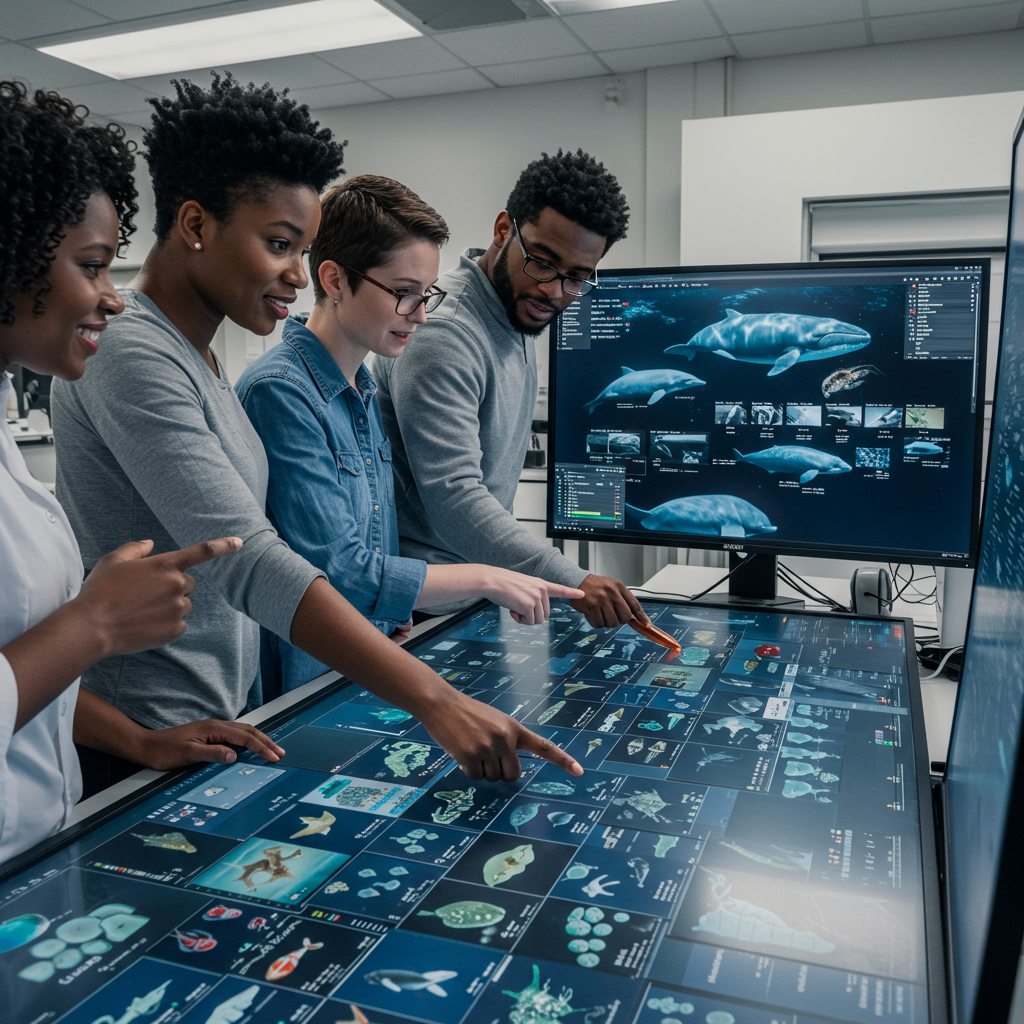A new era of cosmic discovery is dawning as the Vera C. Rubin Observatory in Chile has begun initial operations and released its first breathtaking images of the night sky. These stunning glimpses into the cosmos mark a pivotal milestone for a project decades in the making, promising to revolutionize our understanding of the universe.
Perched high on Cerro Pachón in the Andes Mountains, the Rubin Observatory is home to the 8.4-meter Simonyi Survey Telescope and the groundbreaking LSST Camera (LSSTCam). Touting an astounding 3200 megapixels, the LSSTCam holds the title of the world’s largest digital camera, a technological marvel assembled at the SLAC National Accelerator Laboratory. Weighing roughly as much as two small cars, this camera is the eye behind the observatory’s ambitious mission.
A Vision to Uncover Cosmic Mysteries
Conceived nearly 30 years ago and funded jointly by the U.S. National Science Foundation and the Department of Energy with a cost of $810 million, the Rubin Observatory was born from astronomers’ enduring quest to understand the most profound mysteries of the universe. Initially envisioned in the 1990s as a dedicated “Dark Matter Telescope,” the project evolved into the Large-Aperture Synoptic Survey Telescope (LSST) before being renamed in 2019 to honor pioneering astronomer Vera C. Rubin.
Rubin’s own groundbreaking work in the 1970s provided the first compelling evidence for dark matter by observing the unexpected rotation speeds of galaxies, notably Andromeda. Her research fundamentally changed cosmology, revealing that visible matter is just a fraction of the universe’s composition, with dark matter making up the vast majority. It is fitting that the first national observatory named after a woman is dedicated to exploring the very substance she helped uncover.
The observatory’s primary scientific goals are ambitious:
Understanding Dark Matter and Dark Energy: By precisely mapping the distribution and evolution of galaxies over time.
Cataloging the Solar System: Discovering and tracking countless asteroids, comets, and other faint objects.
Exploring the Changing Sky: Detecting transient events like supernovae and other cosmic explosions in real-time.
Studying the Milky Way: Mapping the structure and formation history of our own galaxy.
First Light: A Glimpse of the Future
The initial images, released on June 23, 2025, offer a spectacular preview of Rubin’s capabilities. They showcase everything from intricate details within nearby stellar nurseries like the Lagoon and Trifid nebulae, highlighting different regions through six filters spanning ultraviolet to near-infrared wavelengths, to the vast diversity of distant galaxies in clusters like Virgo. Even a small portion of a Rubin image can contain millions of galaxies, requiring hundreds of high-definition screens to display fully.
These initial observations weren’t just for show; in just over 10 hours of test scans, the observatory quickly demonstrated its power by identifying an impressive 2,104 previously unseen asteroids, including seven near-Earth objects.
The Legacy Survey of Space and Time (LSST)
While the first images are exciting, they are merely a prelude to the main event: the 10-year Legacy Survey of Space and Time (LSST), scheduled to begin in late 2025. The LSST will repeatedly scan the entire southern night sky every few nights, building an unprecedented ultra-wide, high-definition time-lapse “movie” of the cosmos.
This ambitious survey will catalog approximately 40 billion stars, galaxies, and other celestial objects, revisiting each one hundreds of times over the decade. The sheer volume of data produced will be staggering – an estimated 60 petabytes of raw data, more information than has ever been written in all human languages combined.
A Revolution in Discovery
What makes Rubin truly revolutionary is its unique combination of speed, sensitivity, and vast field of view (covering an area equivalent to over 45 full moons in a single observation). This allows it to survey the galaxy 10 to 100 times faster than comparable facilities.
Furthermore, its cutting-edge automated software will continuously compare new images to older ones, instantly identifying anything that has moved, changed brightness, or exploded. This real-time alert system can issue notifications within minutes of detecting a transient event, enabling scientists worldwide to quickly study these fleeting phenomena. This capability is expected to lead to the discovery and classification of millions of changing objects every night, potentially cataloging more supernovae in just two years than previously recorded in history by linking observations with instruments like the 4MOST telescope.
The data from Rubin won’t just confirm theories; it’s designed to be a “discovery machine,” enabling exploration of the universe on a scale never before possible. From uncovering the nature of dark matter and dark energy to finding potentially Earth-impacting asteroids or even searching for evidence of a hypothesized Planet Nine, the observatory is poised to reshape our cosmic view.
Collaborative efforts from institutions like the University of California, Santa Cruz (UCSC), which played a significant role from early design to commissioning, highlight the global nature of this project. UCSC researchers contributed to camera testing, dark energy science, and software development, and were instrumental in leading the production of the first images. The United Kingdom is also a key partner, processing millions of images and hosting one of the international data access centers.
As the Vera C. Rubin Observatory gears up for its decade-long survey, these first stunning images serve as a powerful testament to its potential. It is more than just a telescope; it’s a new pair of eyes on the universe, promising a treasure trove of discoveries that will transform astronomy and reveal the hidden secrets of the grand cosmic cycle.




